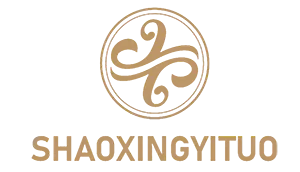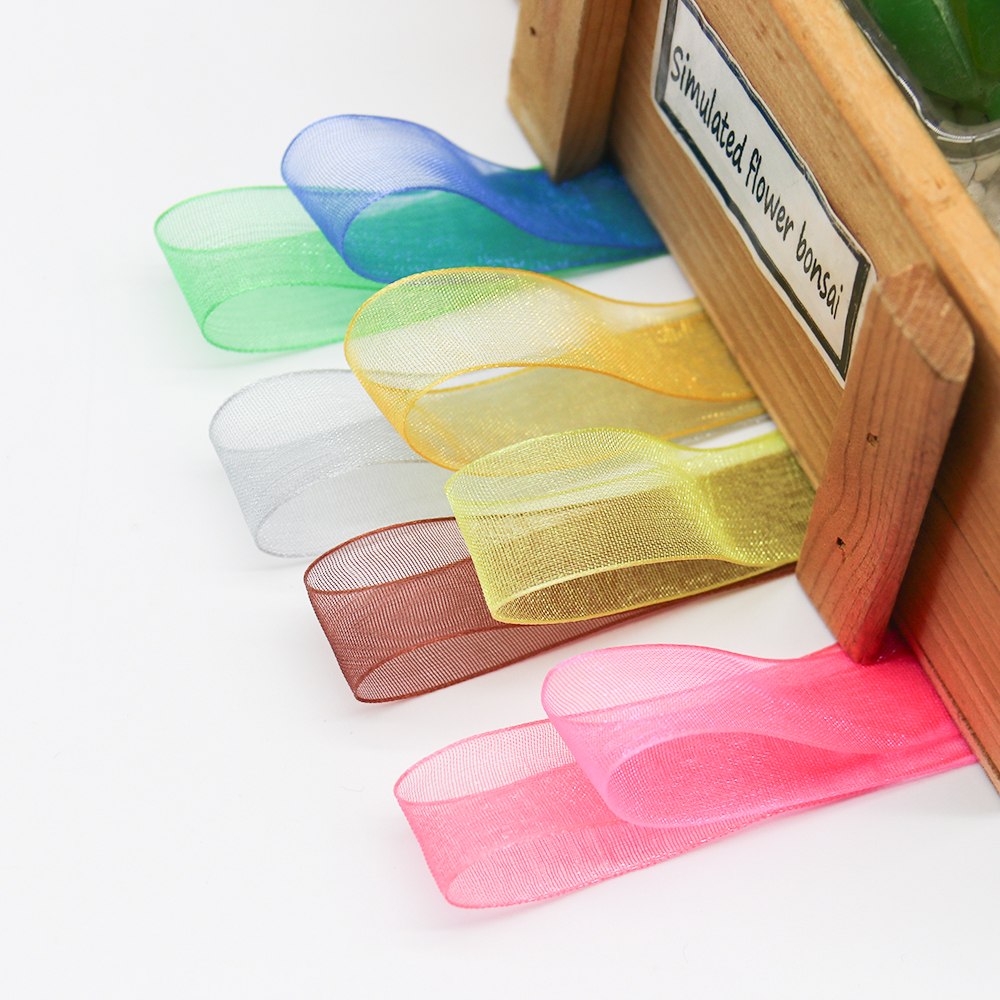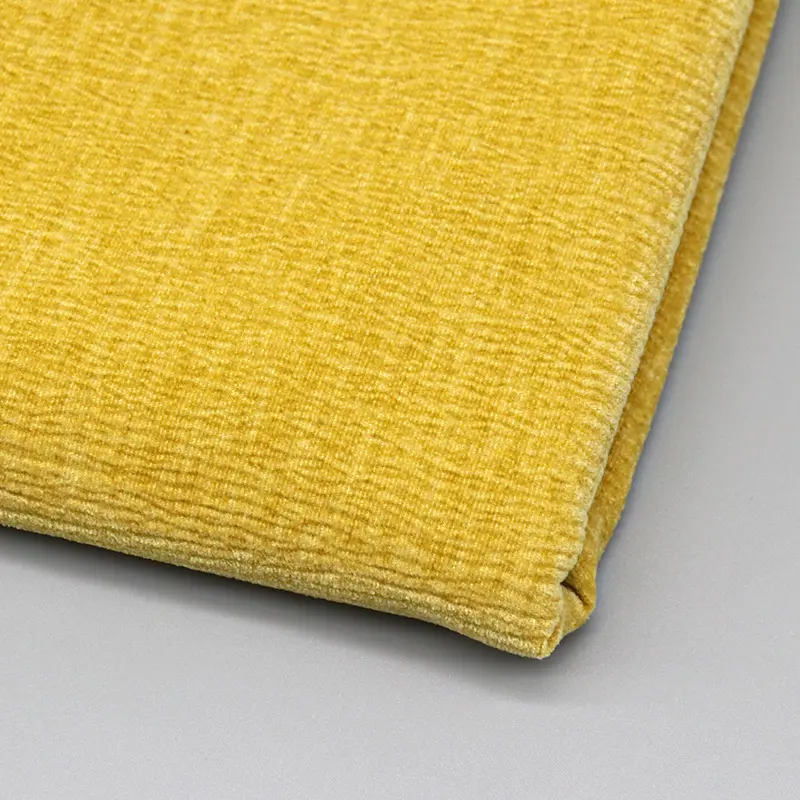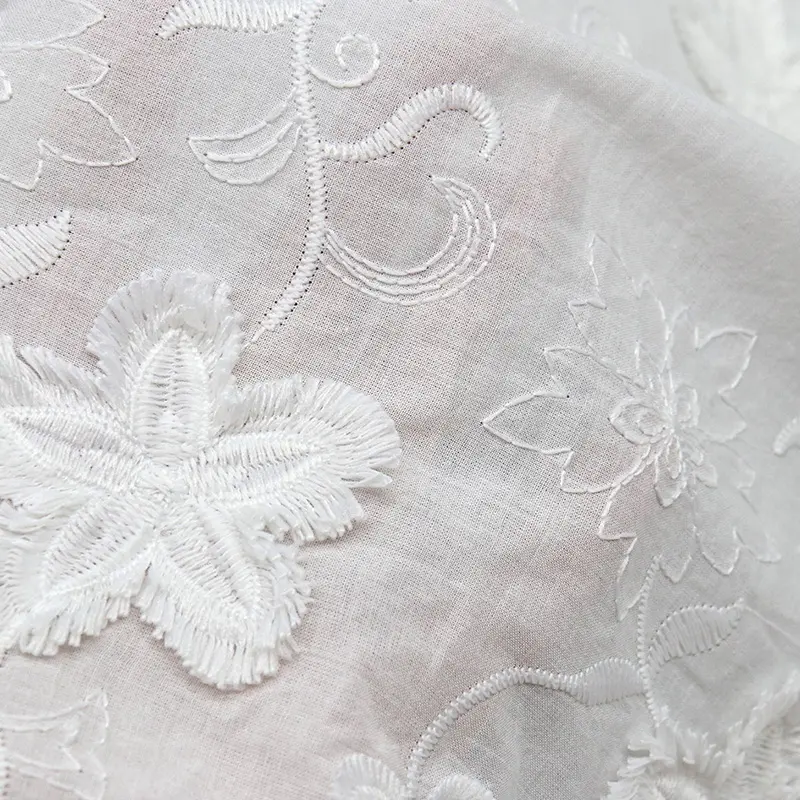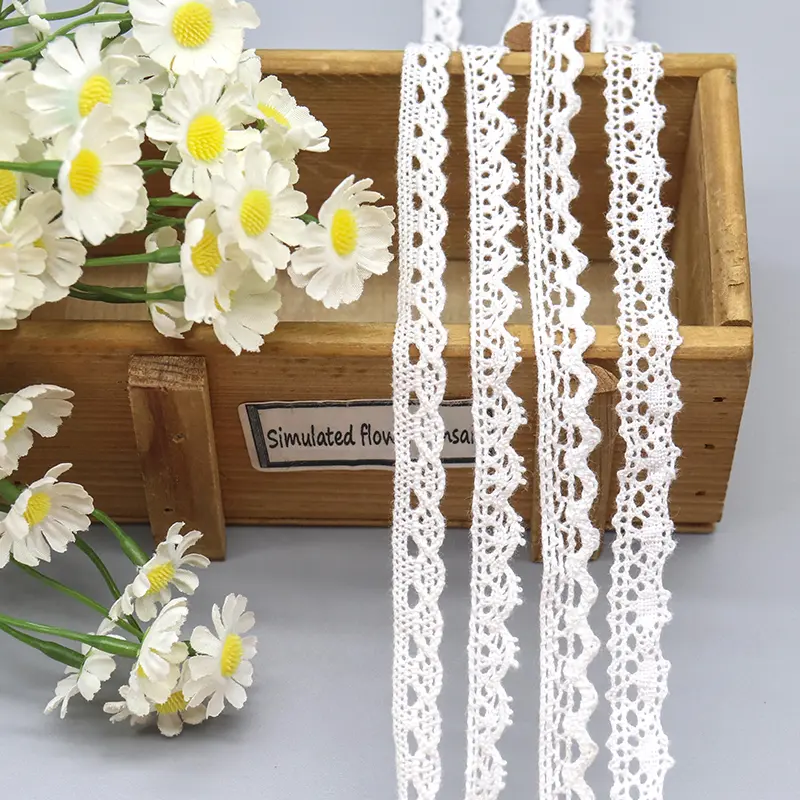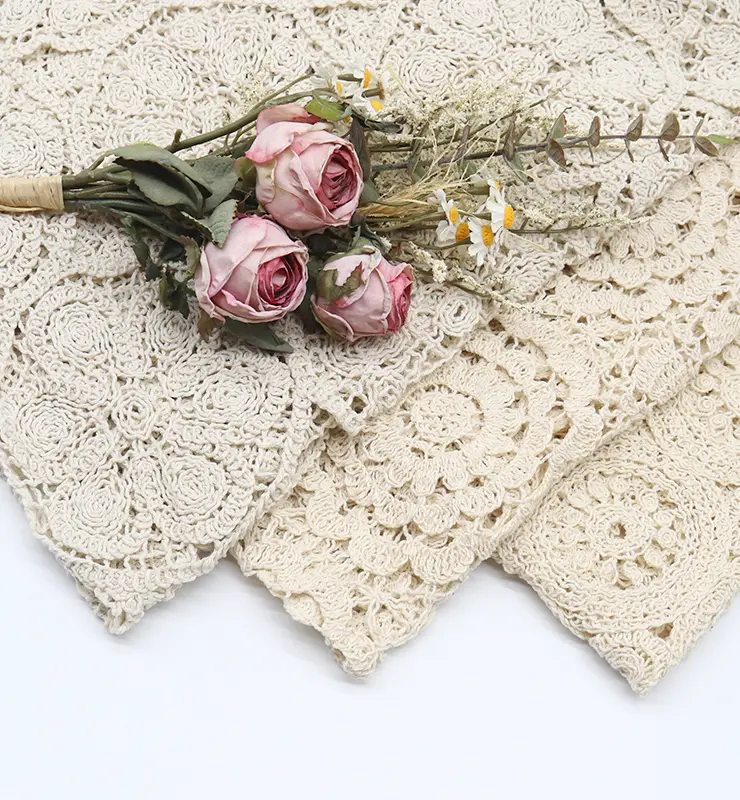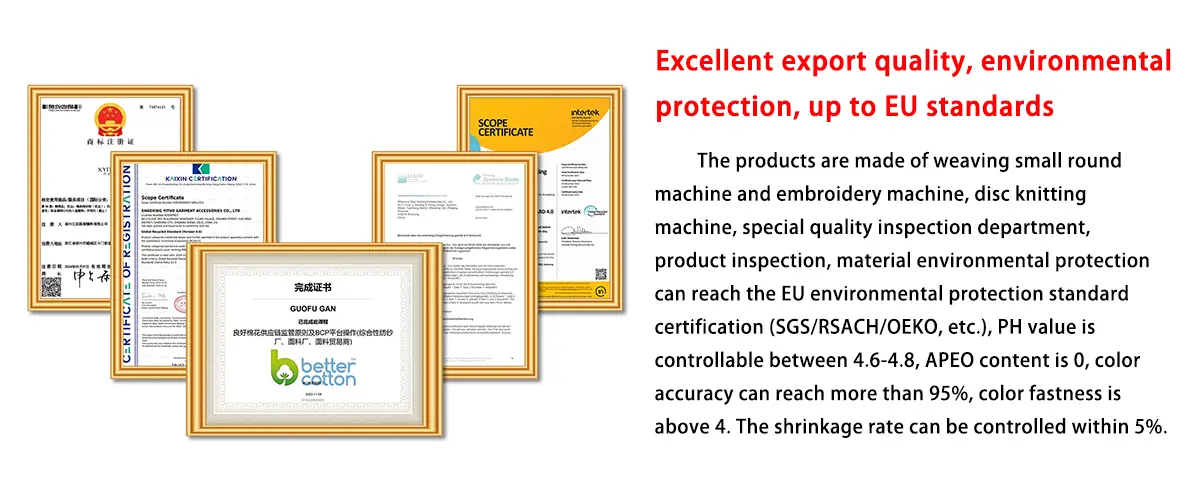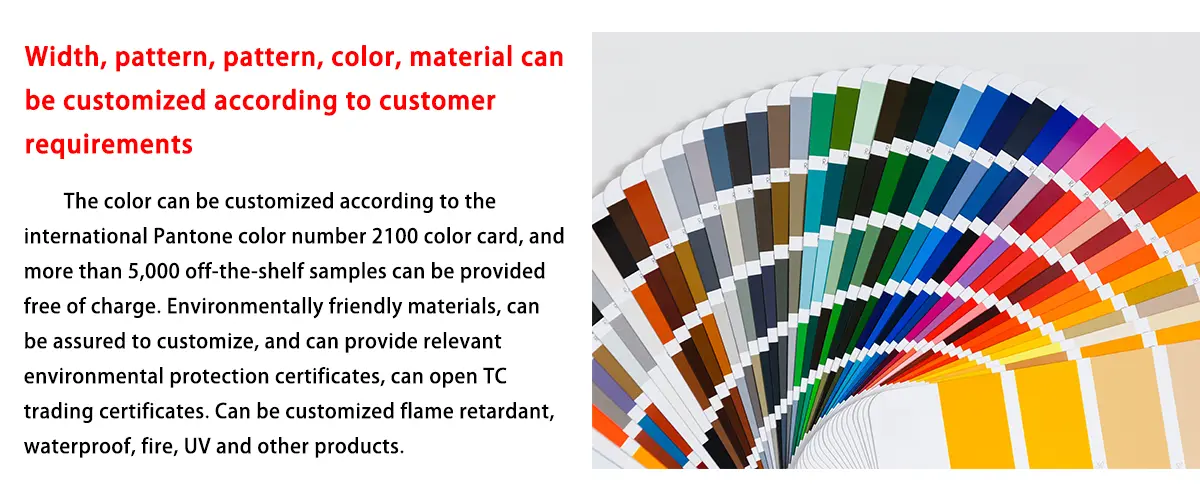the best weight of cotton for embroidery

I’ve learned that choosing the right thread weight can make or break an embroidery project. A thread that’s too thin might fray or break, leaving your design sparse. On the other hand, a thick thread can distort the fabric, causing puckering. Using the correct weight improves stitch quality and ensures durability. It also enhances the texture and appearance of your work. Whether you’re working with bold designs or intricate details, selecting the right thread weight and sourcing quality materials from cotton Embroidery Fabric manufacturers is essential for professional results.
Key Takeaways
- Picking the right thread weight is very important for embroidery. It changes how your stitches look, last, and feel.
- Use 30-50 wt threads for most embroidery projects. These threads are strong and detailed, working well for many designs.
- For tiny details, choose thinner threads like 60 wt. They help you sew neatly without making the design too thick.
- Try using different thread weights to make cool effects. Mixing them can add layers and texture, making your work stand out.
- Always match thread weight to the fabric you use. This helps your stitches stay smooth and avoids problems like tearing or wrinkling.
Understanding Thread Weight
What is thread weight?
Definition and measurement of thread weight
Thread weight refers to the thickness of the thread, and it plays a crucial role in embroidery. I’ve learned that manufacturers use different systems to measure thread weight, which can sometimes feel confusing. However, understanding these systems makes it easier to choose the right thread for your project.
Here’s a quick breakdown of the most common measurement systems:
| Measurement System | Description |
|---|---|
| Weight | A smaller weight number means a heavier thread. For example, 40 wt. means 40 kilometers of thread weighs 1 kilogram. |
| Denier | Measures the weight in grams of 9,000 meters of thread. Larger numbers indicate thicker threads. |
| Tex | Measures the weight in grams of 1,000 meters of thread. Higher tex numbers mean heavier threads. |
| Number System | Used in Japan, where smaller numbers indicate thicker threads. It’s not the same as weight measurement. |
| Composition Standard | Compares threads with identical composition numbers, though their sizes may differ depending on the material. |
Each system ensures consistency across manufacturers, making it easier to find the right thread for your needs. For instance, denier is widely used for synthetic threads like Rayon, while the Gunze Count system in Japan ensures precision in textile production.
How thread weight numbers correspond to thickness
Thread weight numbers follow a simple rule: the higher the number, the thinner the thread. For example, a 60 wt thread is much finer than a 30 wt thread. This numbering system helps me quickly identify which thread will work best for detailed designs versus bold, textured embroidery.
Why thread weight matters
Impact on embroidery texture and detail
The weight of the thread directly affects the texture and detail of your embroidery. I’ve noticed that thicker threads, like 30 wt, create bold, textured designs that stand out. On the other hand, finer threads, such as 60 wt, allow for intricate details and smooth finishes.
| Thread Weight | Effect on Texture and Detail |
|---|---|
| 30wt | Creates bold, standout designs with enhanced visibility of stitches and added texture. |
| 60wt | Allows for delicate and intricate designs, requiring less machine stress and reduced stitching time. |
Choosing the right weight ensures your design looks polished and professional, whether you’re working on a quilt or a monogram.
How thread weight affects stitching ease and final results
Using the wrong thread weight can lead to frustrating results. I’ve experienced thread breakage when using a thread that’s too thin for the needle or fabric. On the flip side, a thread that’s too thick can cause puckering or excessive friction, distorting the fabric. Matching the thread weight to your fabric and design complexity ensures smooth stitching and a flawless finish. For example, I always use 50 wt for piecing quilts to minimize seam bulk and 40 wt for quilting to add depth and texture.
By understanding thread weight, I’ve been able to elevate my embroidery projects and avoid common pitfalls like fraying or puckering. It’s a small detail that makes a big difference!
Best Cotton Weights for Different Embroidery Types

Hand embroidery
Recommended weights for detailed designs (e.g., 30-50 wt)
When I work on hand embroidery, I often choose thread weights between 30 and 50 wt. These weights strike a perfect balance between durability and detail. They allow me to create intricate patterns without overwhelming the fabric.
Here are some popular thread weights I’ve used for hand embroidery:
- 40 wt: This versatile option works well for most projects. Its medium thickness ensures smooth stitching and a polished finish.
- 60 wt: I prefer this for fine details. Its thinner profile lets me achieve precision in delicate designs.
Cotton and silk threads are my go-to choices for hand embroidery. They glide through the fabric effortlessly and add a traditional charm to my work.
Using thicker threads like 12 wt for bold, textured effects
For bold designs, I turn to thicker threads like 12 wt. These threads create a striking, raised effect that adds dimension to my embroidery.
Here’s why I love using thicker threads:
- They provide better coverage with fewer stitches, saving time.
- They add texture and a 3D appearance to designs.
- Their pronounced sheen makes the embroidery more eye-catching.
If I want my designs to stand out, 12 wt threads never disappoint.
Machine embroidery
Ideal thread weights for smooth, consistent stitching (e.g., 40 wt)
Machine embroidery requires threads that can handle high-speed stitching. I’ve found that 40 wt threads are ideal for this. They offer a glossy finish and balance visibility with detail.
Some benefits of 40 wt threads include:
- They’re versatile for general needlework.
- Most digitized designs are optimized for 40 wt, ensuring perfect stitch density.
- They’re strong enough to handle intricate patterns without breaking.
Using thinner threads for intricate designs and lettering
For intricate designs or tiny lettering, I switch to thinner threads like 60 wt. These threads allow me to capture fine details without adding bulk.
| Design Complexity | Recommended Thread Weight |
|---|---|
| Very Fine Details | 60 wt or higher |
| Moderate Details | 40-50 wt |
| Bold, Simple Designs | 30 wt or lower |
This table helps me decide which thread weight to use based on the complexity of my design.
Special techniques
Choosing thread weights for techniques like satin stitching or cross-stitch
When I work on satin stitching, I usually stick to 40 wt threads. They’re standard for most embroidery tasks and provide a smooth, even finish. For cross-stitch or patterns with fine details, I prefer 60 wt threads. Their thinner profile allows for denser stitch patterns and intricate designs.
Experimenting with different weights for unique effects
I love experimenting with thread weights to create unique effects. For example, combining 12 wt threads with 40 wt threads adds depth and contrast to my designs. Trying different weights has helped me discover new textures and styles, making my embroidery projects truly one-of-a-kind.
Tips for Choosing and Working with Cotton Threads
Selecting the right thread weight
Consider the fabric type and design complexity
When I choose thread weight, I always think about the fabric and the design. Thicker threads, like 30 wt, work well on sturdy fabrics such as denim or canvas. For delicate fabrics like silk, I prefer finer threads, such as 60 wt, to avoid damaging the material. The design also matters. Bold patterns look better with thicker threads, while intricate details require thinner ones. I’ve learned that the thread’s sheen and fiber content can also enhance the final look. For example, cotton threads add a matte finish, while polyester threads provide durability and shine.
Match thread weight to needle size for smooth stitching
Matching the thread weight to the needle size is essential for smooth stitching. I use larger needles for thicker threads to prevent friction and breakage. For example, a 40 wt thread pairs perfectly with a size 80/12 needle, while a finer 60 wt thread works best with a size 70/10 needle. Testing the combination on a scrap fabric helps me avoid mistakes before starting the main project.
Working with different thread weights
Tips for handling thicker threads to avoid tangling
Thicker threads can tangle easily if not handled properly. I always keep my thread tension slightly loose and use shorter thread lengths. This reduces the chances of knots forming. Using a thread conditioner also helps the thread glide smoothly through the fabric.
Achieving clean results with thinner threads
When working with thinner threads, I layer them strategically. I start with thicker threads for the base and use finer threads for details. This technique creates depth and prevents the design from looking flat. Blending thicker and thinner threads also adds shading effects, which I find useful for lifelike embroidery.
Storing and organizing threads
Best practices for keeping threads tangle-free and ready to use
Proper storage keeps my threads tangle-free and ready for use. I store them in a cool, dry place away from sunlight to preserve their color and texture. Clear plastic organizers with compartments make it easy to see and access my threads.
Labeling and storing threads by weight for easy access
Labeling threads by weight saves me time during projects. I wind threads onto bobbins and store them in numerical order. For larger collections, I use plastic boxes with drawers and label each drawer by thread weight. This system keeps my workspace organized and efficient.
Choosing the Right Fabric from Cotton Embroidery Fabric Manufacturers

Importance of fabric weight
Why medium-weight fabrics with a tight weave are ideal for embroidery
I’ve learned that fabric weight plays a huge role in embroidery success. Medium-weight fabrics, typically around 4-5 oz/yd², are my go-to choice for most projects. They provide the perfect balance of stability and flexibility. This makes them easy to work with and ensures the fabric can support various embroidery techniques without puckering or distorting.
Here’s why I prefer medium-weight fabrics:
- They offer excellent stability, which keeps the fabric taut during stitching.
- They’re easy to handle, even for beginners.
- They support intricate designs and bold patterns equally well.
| Fabric Weight | Suitability for Embroidery |
|---|---|
| Medium-weight (4-5 oz/yd²) | Ideal for most embroidery projects |
Examples of suitable fabrics like cotton calico or linen
When choosing fabrics, I often turn to options like cotton calico or linen. These fabrics have a tight weave and medium weight, making them perfect for embroidery. For example, Kona Cotton is a high-quality, medium-weight fabric with a smooth surface that works well for detailed designs. Linen fabrics, on the other hand, add a classic touch to meaningful projects.
| Fabric Type | Description |
|---|---|
| Kona Cotton | Medium-weight (200 gsm) 100% cotton fabric, high thread count, suitable for embroidery and quilting. |
| Cotton Calico | Can be light or medium weight, used for testing stitches or layering, soft calico is good for embroidery. |
| Linen Fabrics | Medium weight, high thread count, needs prewashing, suitable for meaningful projects. |
Matching fabric to thread weight
How to pair thread weight with fabric type for optimal results
Matching thread weight to fabric type has made a big difference in my embroidery projects. For delicate fabrics like silk or chiffon, I use fine threads (60 wt or higher) to avoid tearing. Medium-weight fabrics like cotton or linen pair best with 40 wt threads, which provide a balanced look. For heavy fabrics like denim or canvas, I switch to thicker threads (30 wt or lower) to ensure proper coverage.
| Fabric Type | Recommended Thread Weight |
|---|---|
| Delicate (silk, chiffon) | 60-weight or higher |
| Medium (cotton, linen) | 40-weight |
| Heavy (denim, canvas) | 30-weight or lower |
Tips for sourcing quality fabrics from cotton embroidery fabric manufacturers
Finding high-quality fabrics has become easier with reliable cotton embroidery fabric manufacturers. I often visit specialty fabric stores for expert advice and a hands-on look at materials. Online retailers like Fabric.com and Joann offer a wide selection and even fabric swatches for testing. For bulk purchases, wholesale suppliers provide great discounts. I also explore eco-friendly options from sustainable manufacturers, which align with my values and deliver excellent quality.
Tip: Always check the fabric’s thread count and weight before purchasing. A tight weave ensures better support for embroidery stitches.
The weight of cotton thread plays a key role in creating beautiful embroidery. I’ve found that 30-50 wt threads work best for general embroidery because of their versatility.
- 40 wt threads: These balance strength and flexibility, making them suitable for most tasks.
- 50 wt threads: Their durability makes them ideal for a wide range of sewing projects.
For bold, textured designs, I rely on 12 wt threads to add dimension and impact.
Experimenting with different thread weights and fabrics has taught me a lot. Thicker threads handle wear and tear well, while modern thin threads can endure up to 1,000 wash cycles. Pairing the right thread with the right fabric ensures durability and enhances the final look.
Trying new combinations has helped me refine my style and achieve professional results.
FAQ
What is the best thread weight for beginners in embroidery?
I recommend starting with 40 wt threads. They’re versatile and easy to work with. This weight provides smooth stitching and works well on most fabrics. It’s perfect for learning basic techniques without worrying about thread breakage or fabric distortion.
Can I mix different thread weights in one project?
Yes, I often mix thread weights to create unique effects. For example, I use 12 wt for bold outlines and 40 wt for detailed areas. Mixing weights adds depth and texture to designs. Always test on scrap fabric first to ensure compatibility.
How do I prevent thread tangling during embroidery?
To avoid tangling, I cut shorter thread lengths and use a thread conditioner. I also keep my thread tension slightly loose. These steps help the thread glide smoothly through the fabric, reducing knots and frustration.
What thread weight works best for lettering?
For small, intricate lettering, I use 60 wt threads. Their fine thickness allows for precise details without adding bulk. For larger, bold lettering, I switch to 30 wt threads. This creates a striking, raised effect that stands out.
How do I choose the right needle for my thread weight?
I match the needle size to the thread weight. For example, I pair 40 wt threads with size 80/12 needles and 60 wt threads with size 70/10 needles. Testing on scrap fabric ensures smooth stitching and prevents thread breakage.
